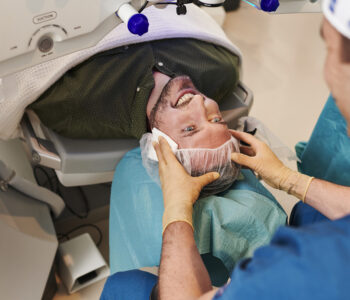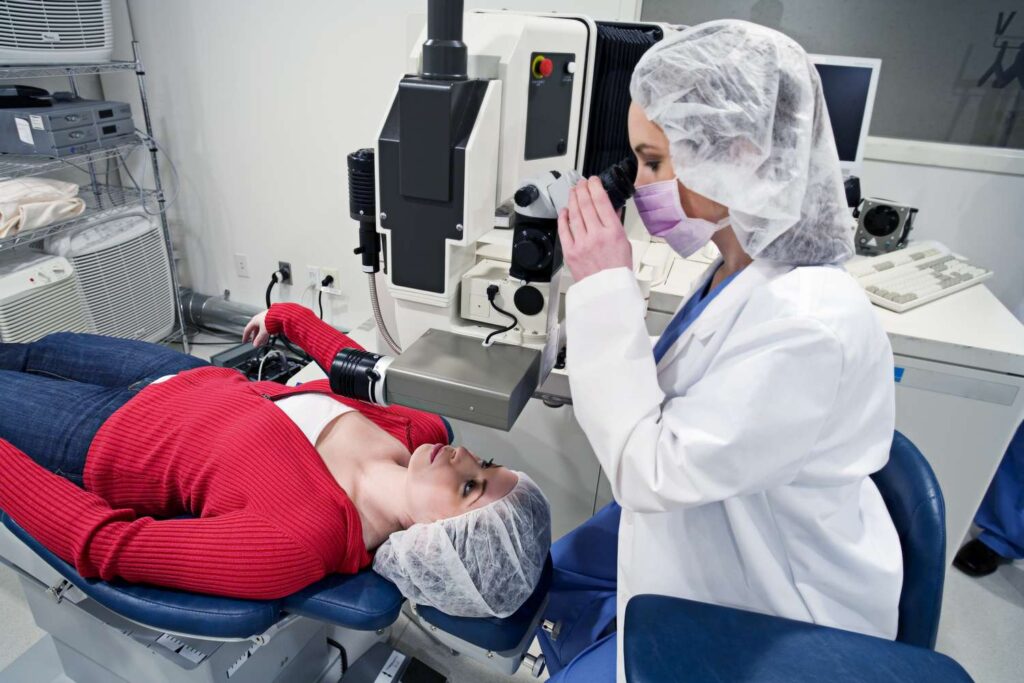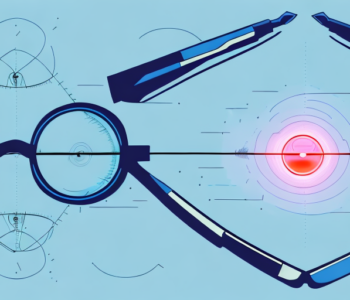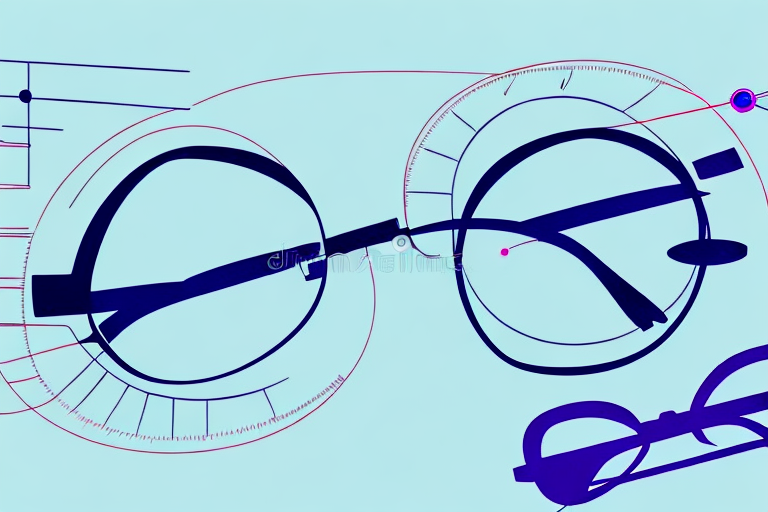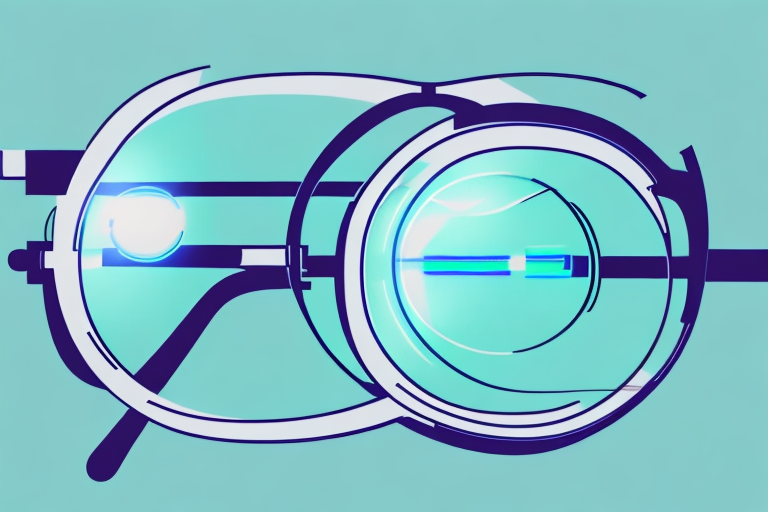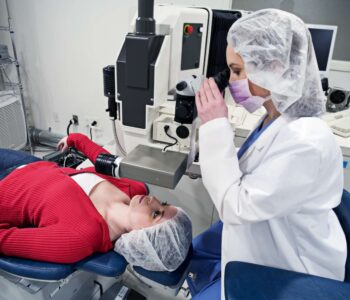 Cataracts Surgery
Cataracts Surgery
Title: No More Yellow Haze: How Cataract Surgery Changes…
Introduction
Imagine waking up one morning and everything around you looks like it’s been dipped in a jar of honey. The whites of your walls seem yellowish, reading becomes a chore, and the simple joy of seeing your grandchild’s smile is dulled by a constant blur. That’s how many people describe life with cataracts—like looking at the world through a foggy, yellow-tinted window.
Cataracts are incredibly common, especially as we age. But what’s even more important to know is that they’re treatable. Cataract surgery is not only safe and common—it’s life-changing. The transformation that occurs after this short, simple procedure goes far beyond improved vision. It touches every part of daily life, from driving safely to enjoying the colors of nature again.
What Are Cataracts, Really?
In plain English, a cataract is a clouding of the eye’s natural lens. Over time, proteins in the lens clump together and create a hazy film that blocks or scatters light. This leads to blurry vision, duller colors, sensitivity to bright lights, and often a yellow or brownish tint to everything you see.
It can sneak up slowly—you might think you just need stronger glasses. But when even the best prescription can’t help, it’s time to talk about cataract surgery.
See more: Shopping for a CPAP Mask Online? Here’s What You Need to Know
Before the Surgery: What to Expect
Once you visit an eye specialist, you’ll undergo a series of simple tests. These include checking how clearly you can see, measuring your eye’s shape, and sometimes taking a scan to plan for the artificial lens that will replace the cloudy one.
This is also the time when most patients share their worries. “Will I be awake?” “Will it hurt?” “Is it safe at my age?” These are perfectly normal fears.
As a doctor who’s guided many patients through this journey, I often say this: You are not alone. Cataract surgery is one of the safest procedures in medicine, with millions performed each year—and it’s only getting better with today’s technology.
During the Surgery: A Step-by-Step Walkthrough
Here’s what the actual day of surgery looks like.
You’ll arrive at the clinic or surgical center, and after a brief check-in, a nurse will give you special drops to numb your eye. Some centers offer a mild sedative to help you relax—you won’t be asleep, but you’ll be calm.
Once in the surgical room, you’ll lie down and a small device will gently keep your eye open. Most people say they don’t feel pain—just a bit of pressure or see lights and shadows.
Using precise instruments (sometimes even lasers), the surgeon removes the cloudy lens and replaces it with a clear, artificial one. The whole process usually takes just 15 to 30 minutes.
No stitches. No bandages. And in most cases—you go home the same day.
The Moment After: Seeing Again
The first few hours after surgery can be surprisingly emotional. Your eye may feel slightly gritty or teary, and your vision might be a bit hazy at first—like looking through water.

But then, something incredible happens.
For many patients, by the very next morning, it’s as if someone cleaned their glasses after years of smudges. “The colors,” one woman told me, “I had forgotten how bright blue the sky could be.”
Some patients cry tears of joy when they see their spouse’s face clearly again. Others smile quietly, soaking in the beauty of crisp, defined shapes and true colors—no more yellow haze.
Recovery: The Next Few Days to Weeks
Post-surgery care is usually easy. You’ll be given a few types of eye drops—one to prevent infection, another to help with healing. You may need to wear an eye shield at night for a few days and avoid bending or heavy lifting.
Your doctor will schedule follow-up visits to make sure your eye is healing well.
Most people can resume normal activities within a few days. Driving is often possible after your vision is cleared by your doctor. Pain? Not usually. Some patients feel mild itching or dryness, but it fades quickly.
In most cases, the full healing process takes a few weeks. And with both eyes treated (often one at a time), the transformation is complete.
Emotional Transformation: From Foggy to Free
It’s hard to put into words how cataract surgery can lift more than just a cloudy lens—it can lift your spirits too.
I remember a retired teacher who struggled with reading her beloved mystery novels. She told me, “I felt like I was losing a part of myself.” A week after her surgery, she was back in her reading chair, eyes twinkling, lost in her latest book.
Another patient, a grandfather in his 60s, hadn’t recognized his granddaughter across the playground. “It broke my heart,” he said. After surgery, he didn’t just see her face—he noticed her freckles, her dimples, the color of her hair in the sunlight.
This is the real power of cataract surgery. It restores confidence, independence, and the freedom to enjoy life—whether it’s painting, knitting, driving, gardening, or simply reading bedtime stories again.
Conclusion: Don’t Wait for the World to Fade
If you or someone you love is living with blurry vision, muted colors, or that familiar yellow haze—it doesn’t have to be this way.
Cataract surgery is more than just a medical procedure. It’s a chance to feel like yourself again. To see clearly, live fully, and reconnect with the world around you.
Talk to a vision specialist. Ask every question. Voice your concerns. And when the time feels right, take that step.
Because behind the haze, there’s a world waiting to be seen—and it’s more vivid, more beautiful, and more yours than you remember.
